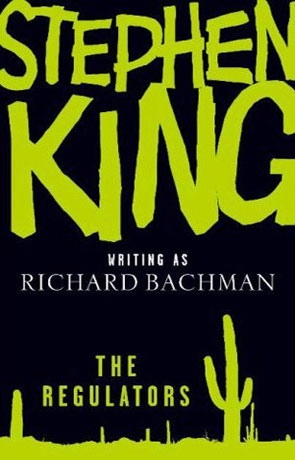

So why the Bachman byline? Probably for fear that yet another new King in 1996 in addition to six volumes of The Green Mile and Viking's forthcoming Desperation might glut the market. The narrative itself warps fantastically, from prose set in classic typeface to handwritten journals to drawings to typewritten playscript and so on. But King makes hay in this story in which anything can happen, and does, including the warping of space-time and the savage deaths of much of his large cast.

The premise owes a big unacknowledged debt to the classic Twilight Zone episode ""It's a Good Life"" echoes of earlier Kings resound often as well-the psychic boy (The Shining), a writer-hero (Misery, The Dark Half), etc. The story rarely flags after that, evoking powerful tension and, at times, emotion. The long opening scene, in which characters and vehicles from the TV show Motokops 2200 (think Power Rangers) sweep down the street, spewing death by firearm, is a paragon of action-horror. The theme is the horror of TV, played out through the terrors visited upon quiet Poplar Street in the postcard-perfect suburban town of Wentworth, Ohio, when a discorporeal psychic vampire settles inside an autistic boy obsessed with TV westerns and kiddie action shows and brings screen images to demented, lethal life. This devilishly entertaining yarn of occult mayhem married to mordant social commentary is pure King and resembles little the four nonsupernatural (if science-fictional) pre-Thinner Bachmans. Why revive the Bachman byline more than a decade after Stephen King was found lurking behind it? Not for thematic reasons.


 0 kommentar(er)
0 kommentar(er)
